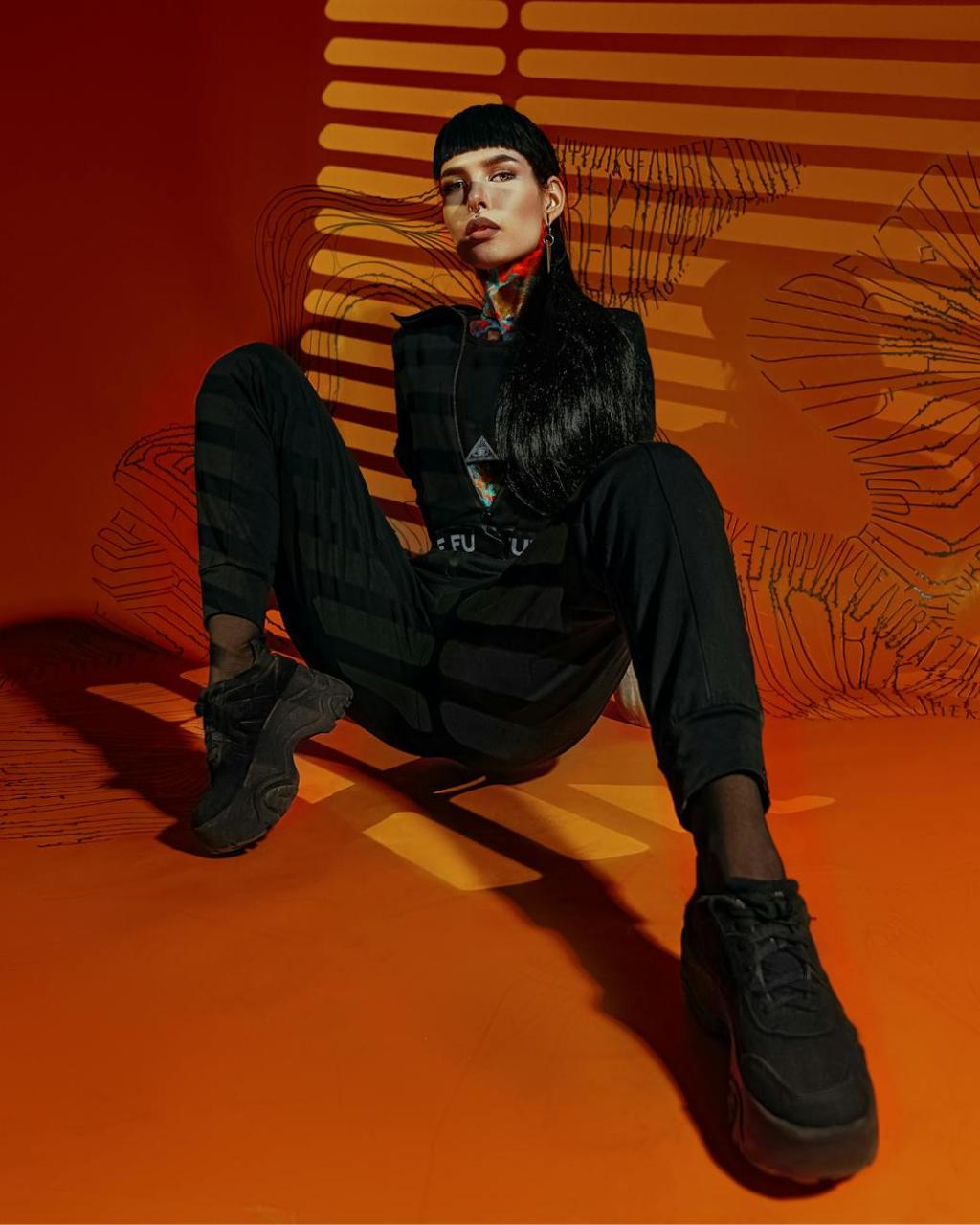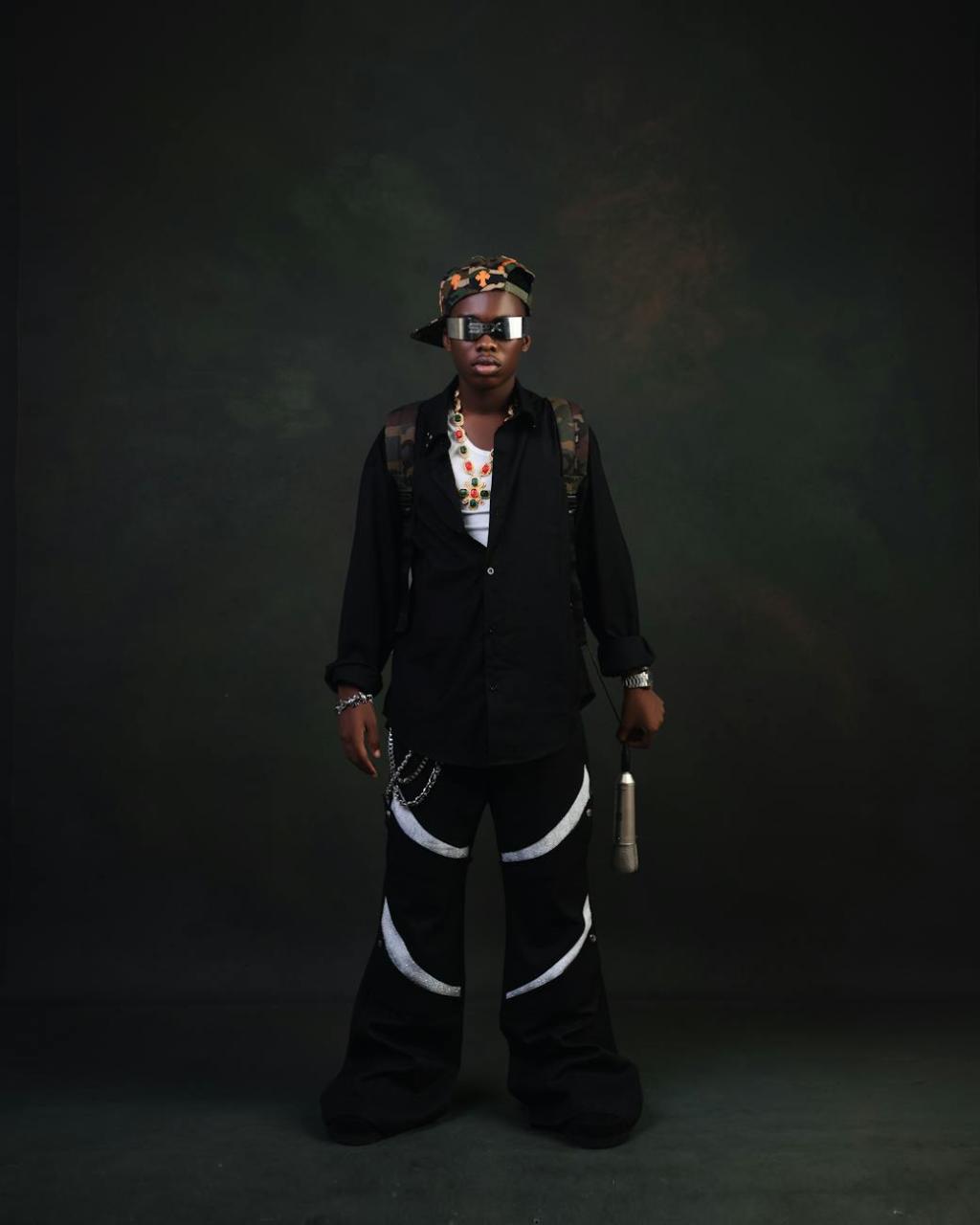Tech-couture: how AI and 3D printing are revolutionizing the runway

The new frontier of fashion is not woven, it’s coded.
For centuries, the heart of haute couture has beaten to the rhythm of a needle pulling thread through delicate fabric. It’s an art form defined by human touch, countless hours of meticulous handwork, and the intimate relationship between a couturier and their creation. But what if the next great fashion visionary isn’t a person, but an algorithm? What if the most intricate lace isn’t stitched, but printed into existence, layer by microscopic layer? Welcome to the electrifying world of tech-couture, where artificial intelligence and 3D printing are not just tools, but creative partners, radically reshaping the landscape of high fashion.

This isn’t a distant sci-fi fantasy; it’s happening right now on the world’s most exclusive runways. Designers are collaborating with code and machines to craft garments that were previously unimaginable. This fusion of technology and artistry is giving birth to a new aesthetic—one that is complex, personalized, and surprisingly, has the potential to be more sustainable than traditional methods. Let’s unravel the threads of this digital revolution and explore how AI and 3D printing are stitching together the future of design.
So, what exactly is tech-couture?
At its core, tech-couture is the intersection of high fashion and cutting-edge technology. It moves beyond simply using computers for sketching or pattern-making. Instead, it integrates technologies like artificial intelligence and additive manufacturing (better known as 3D printing) directly into the creative and production process. It’s about leveraging computational power to dream up and construct garments that defy the conventional limitations of fabric and tailoring.

Think of it as two distinct yet symbiotic forces:
- Artificial Intelligence (AI) acts as the digital muse and the master pattern-maker. It can generate endless design variations, create patterns perfectly tailored to a specific body scan, or even predict future trends by analyzing vast amounts of data.
- 3D Printing acts as the futuristic atelier. It takes these complex digital blueprints and brings them into the physical world, constructing intricate, three-dimensional forms layer by layer from a variety of innovative materials.
Together, they form a powerful duo that is challenging our very definition of what clothing can be, transforming it from a static covering into dynamic, wearable art.
The rise of 3D printing on the runway
The idea of a 3D-printed dress might conjure images of rigid, plastic cosplay armor. For a long time, that wasn’t far from the truth. Early experiments were often stiff and unwearable. However, the technology has evolved at a breathtaking pace, and today’s 3D-printed couture is a world away from those clunky beginnings. It’s fluid, intricate, and utterly mesmerizing.
Beyond plastic: new materials and possibilities

The real game-changer has been the development of new materials. Designers are no longer limited to hard plastics. They now have a palette of flexible thermoplastic polyurethanes (TPU) that mimic the movement of fabric, as well as resilient resins that can be printed into fine, lace-like structures. Some of the most exciting advancements are in the realm of biomaterials, with researchers exploring printing with materials derived from algae or mycelium, paving the way for biodegradable garments.
This material innovation allows for the creation of textures and structures impossible to achieve with a loom or a needle. We’re seeing dresses that look like crystallized water, capes that mimic the intricate veining of a leaf, and bodysuits that fit like a second skin, all brought to life by the precise hum of a 3D printer.
The pioneers: designers leading the charge
No conversation about 3D printing in fashion is complete without mentioning the visionary Dutch designer Iris van Herpen. She is arguably the godmother of tech-couture, having integrated 3D printing into her collections for over a decade. Her work is otherworldly, drawing inspiration from biology, physics, and architecture to create sculptural garments that ripple and flow around the body. Her iconic ‘Skeleton’ dress, a collaboration with architect Isaïe Bloch, looks like a wearable fossil, while her ‘Hypnosis’ collection features dresses with undulating, optically dizzying patterns that seem to move on their own.
But she’s not alone. Designers like Julia Koerner, who has collaborated on costumes for Hollywood blockbusters like Black Panther, and the late, great Zac Posen, who dressed celebrities like Jourdan Dunn in a stunning 3D-printed gown for the Met Gala, have also demonstrated the sheer elegance and potential of the technology.
Artificial intelligence: the ghost in the machine
If 3D printing is the hands, artificial intelligence is the creative brain of this new fashion movement. AI, particularly generative AI, is a powerful tool for ideation and personalization, pushing creative boundaries and offering a level of customization that was previously the sole domain of bespoke tailoring.
From inspiration to creation: how AI designs
Imagine feeding an AI thousands of images—from historical fashion archives, microscopic cell structures, architectural blueprints, and abstract art—and then asking it to dream up a completely new textile pattern or garment silhouette. This is the power of generative AI. Algorithms can learn the “rules” of a certain aesthetic and then generate infinite new, original designs within those parameters.
This doesn’t replace the designer; it augments their creativity. A designer can use AI as a tireless brainstorming partner, exploring possibilities they may never have conceived on their own. The AI can produce a hundred variations of a pleat, a sleeve, or a print in minutes, allowing the human designer to curate and refine the most promising concepts. It’s a true collaboration between human intuition and machine intelligence.
The perfect fit: AI-powered personalization
One of the most practical and revolutionary applications of AI in fashion is in achieving the perfect fit. Using simple smartphone cameras and AI algorithms, it’s now possible to create a precise 3D scan of a person’s body in minutes. This data can then be used to generate a bespoke pattern that is perfectly tailored to every curve and contour.
This technology has the power to democratize couture-level fit. No more standard sizes, no more guessing games. Every garment can be made-to-measure, ensuring not only a more flattering look but also greater comfort and reduced returns—a huge win for both consumers and the environment.
A match made in heaven: when AI and 3D printing collaborate
The true magic of tech-couture happens when these two technologies work in concert. The synergy between AI-driven design and 3D-printed execution unlocks a level of complexity and personalization that is simply breathtaking.
The ultimate in customization
Picture this workflow: A client gets a 3D body scan. They then work with a designer and an AI to co-create a unique garment. The AI generates design options based on the client’s preferences and body shape, ensuring the final piece is both beautiful and perfectly proportioned. Once the design is finalized, the digital file is sent directly to a 3D printer, which meticulously constructs the one-of-a-kind garment, tailored to the millimeter. This is the future of bespoke fashion: hyper-personalized, digitally crafted, and utterly unique.
Pushing the boundaries of what’s possible
This collaboration allows for the creation of what is known as “computational couture.” These are garments with geometric complexities and intricate details that are impossible to create by hand. Think of dresses made from a single, continuous, interlocking piece without any seams, or fabrics with a gradient of flexibility, being rigid at the shoulder and flowing like silk at the hem. AI can design these complex structures, and 3D printers have the precision to execute them flawlessly.
Is tech-couture the future of sustainability?
Beyond the stunning aesthetics, one of the most compelling arguments for tech-couture is its potential to create a more sustainable fashion industry. In a world grappling with the environmental cost of fast fashion, this technological shift offers a glimmer of hope.
On-demand and zero-waste
Traditional garment production is notoriously wasteful. In the cut-and-sew method, up to 15% of fabric is often discarded as scraps on the cutting room floor. 3D printing, as an additive process, is the complete opposite. It builds a garment from the ground up, using only the exact amount of material needed. There are no off-cuts, meaning it is virtually a zero-waste process.
Furthermore, the on-demand nature of this technology means we can move away from mass production. Instead of producing thousands of units in standardized sizes and hoping they sell, brands can print garments only after they are ordered, eliminating the problem of overstock and the millions of tons of unsold clothing that end up in landfills each year.
Innovative, eco-friendly materials
As mentioned, the development of new, sustainable filaments for 3D printing is a rapidly growing field. Designers are already working with polymers made from recycled plastic bottles, corn starch, or wood pulp. The future holds the promise of fully biodegradable or even “living” materials that could be composted at the end of their life cycle, creating a truly circular fashion system.
The challenges and the road ahead
Of course, the path to a fully tech-driven fashion future is not without its obstacles. Currently, 3D printing is still a slow and expensive process, reserved for one-off couture pieces rather than mass-market production. The feel, or “hand,” of the materials, while improving, doesn’t yet replicate the softness and breathability of natural fibers like cotton or silk. There are also questions of accessibility and the need for new skills—designers of the future may need to be as proficient in CAD software as they are in draping.
However, technology evolves exponentially. What seems niche and expensive today will become accessible and mainstream tomorrow. Just as the sewing machine revolutionized fashion in the 19th century, AI and 3D printing are set to define its next chapter. We are standing at the beginning of a new renaissance, one where the boundaries between the physical and the digital blur, and the only limit to what we can wear is the scope of our imagination.




